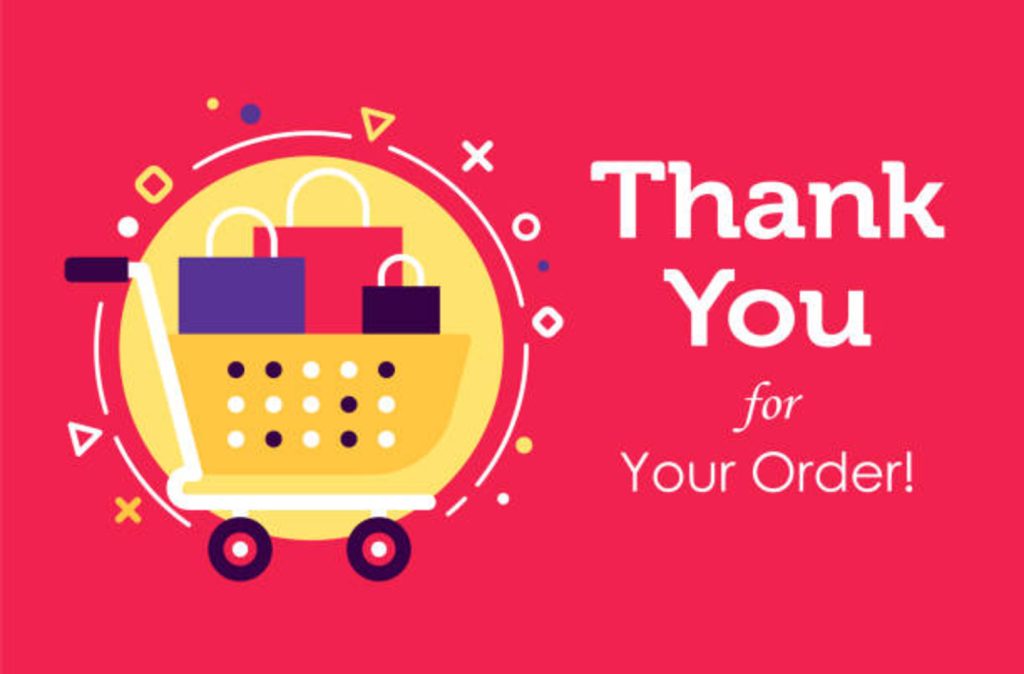
In the vast digital landscape where attention spans are fleeting and choices abound, the importance of a compelling landing page cannot be overstated. A well-crafted landing page serves as the virtual handshake between a business and its potential customers, influencing their decision to explore further, make a purchase, or subscribe. In this blog, we’ll unravel the art and science of creating landing pages that not only captivate your audience but also drive conversions.
The Anatomy of a Compelling Landing Page
1. Clarity in Purpose
The first rule of creating a compelling landing page is clarity. Visitors should instantly understand the purpose of the page. Whether it’s to sell a product, capture leads, or promote an event, a clear and concise headline coupled with a visually appealing hero image sets the stage for a positive user experience.
2. Persuasive Copywriting
Words have the power to persuade, and your landing page copy is your virtual sales pitch. Craft compelling and benefit-driven copy that speaks directly to your audience’s needs. Focus on the value your product or service brings, addressing pain points and showcasing solutions. Use concise sentences, bullet points, and subheadings to enhance readability.
3. Attention-Grabbing Visuals
Humans are visual creatures, and the right imagery can make or break a landing page. High-quality, relevant visuals – whether it’s images, graphics, or videos – should complement your copy. Visual elements should not only be aesthetically pleasing but also guide visitors’ attention toward key conversion points.
Understanding Your Audience
1. Targeted Messaging
A one-size-fits-all approach rarely works in marketing. Tailor your landing page messaging to specific audience segments. Understanding your target audience’s pain points, preferences, and motivations enables you to speak directly to their needs, increasing the likelihood of capturing their attention and, ultimately, their conversion.
2. Personalization
The era of personalized experiences is here, and your landing page should not lag behind. Use dynamic content and personalization tokens to address visitors by their names or tailor content based on their previous interactions. Personalized experiences create a sense of connection and relevance, fostering trust and engagement.
Designing for User Experience
1. Mobile Responsiveness
With a significant portion of internet users accessing content on mobile devices, your landing page must be mobile-responsive. Ensure that the design adapts seamlessly to different screen sizes, providing a consistent and user-friendly experience across devices. Google’s emphasis on mobile-first indexing makes this aspect crucial for search engine visibility.
2. Intuitive Navigation
A compelling landing page guides visitors through a seamless journey. Keep navigation simple, with a clear path leading visitors from the headline to the call-to-action (CTA). Minimize distractions by removing unnecessary links or elements that could divert attention away from the primary conversion goal.
3. Fast Loading Speed
In the digital age, patience is scarce. A slow-loading landing page can be a conversion killer. Optimize images, leverage browser caching, and choose a reliable hosting provider to ensure swift loading times. Studies show that even a one-second delay can significantly impact bounce rates, emphasizing the importance of speed.
Crafting Irresistible Calls-to-Action (CTAs)
1. Compelling CTA Copy
The CTA is the heartbeat of your landing page. Craft compelling copy that clearly conveys the action you want visitors to take. Use action verbs, instill a sense of urgency, and highlight the value they will receive. For example, instead of a generic “Submit,” opt for a persuasive “Get Your Free Trial Now.”
2. Strategic Placement
Where you place your CTA matters. It should be strategically positioned within the natural flow of the page, visible without excessive scrolling. Experiment with placement – whether it’s above the fold, at the end of persuasive copy, or within eye-catching graphics – to determine the most effective location for your specific audience.
3. A/B Testing
The effectiveness of your CTA can be fine-tuned through A/B testing. Experiment with different variations of your CTA, including different copy, colors, and sizes. Analyze the data to understand which elements resonate best with your audience, optimizing your CTA for maximum impact.
Building Trust and Credibility
1. Testimonials and Reviews
In a digital world flooded with options, trust is a precious commodity. Integrate testimonials, reviews, and case studies into your landing page to build credibility. Real-life experiences from satisfied customers serve as social proof, reassuring potential customers that they are making a wise decision.
2. Trust Badges and Certifications
Display trust badges, certifications, or affiliations prominently on your landing page. These symbols of credibility signal to visitors that your business is reputable and trustworthy. Whether it’s SSL certificates, industry awards, or recognized partnerships, trust badges instill confidence in your brand.
Streamlining the Conversion Process
1. Simplified Forms
If your landing page includes a form, keep it short and sweet. Every field you add is an opportunity for visitors to abandon the process. Ask for only the essential information needed for your specific goal. Consider using progressive profiling to gather additional details over time as the relationship develops.
2. Clear Progress Indicators
For multi-step forms or processes, provide clear progress indicators. Users should know how far they are from completing the desired action. This transparency reduces anxiety and keeps visitors engaged, increasing the likelihood of conversion.
3. Thank You Pages and Confirmation
The conversion journey doesn’t end with a form submission or purchase. Craft a compelling thank-you page that reinforces the value of the action taken. Use this opportunity to provide additional information, offer next steps, or encourage users to explore more of your content.

Analyzing and Iterating
1. Implementing Analytics
The journey doesn’t end with the creation of a compelling landing page; it evolves. Implement robust analytics tools, such as Google Analytics, to track the performance of your landing page. Monitor key metrics, including bounce rate, conversion rate, and user behavior, to gain insights into what’s working and areas for improvement.
2. Iterative Optimization
Successful marketers understand that optimization is an ongoing process. Analyze the data, identify areas of improvement, and implement changes iteratively. Whether it’s tweaking copy, adjusting visuals, or refining your CTA, the key to sustained success lies in your ability to adapt and optimize based on real-time insights.
Resources for Success
1. Landing Page Builders
Utilize landing page builders to simplify the design and creation process. Platforms like Unbounce, Leadpages, and Instapage offer user-friendly interfaces and templates, enabling even those without design expertise to create stunning and effective landing pages.
2. Conversion-Centric Content
Expand your knowledge by exploring conversion-centric content. Books like “Don’t Make Me Think” by Steve Krug and online resources like ConversionXL provide in-depth insights into user psychology and effective design principles.
In the digital realm, where first impressions matter more than ever, creating compelling landing pages is the linchpin to unlocking conversion success. A well-designed landing page not only captivates your audience but also guides them seamlessly toward the desired action. From the clarity of purpose and persuasive copywriting to strategic CTAs and iterative optimization, each element plays a crucial role in the alchemy of conversion.
Remember, the journey doesn’t end with a single conversion; it’s an ongoing process of understanding, adapting, and refining. As you embark on the adventure of creating compelling landing pages, consider it a dynamic dialogue between your business and your audience – a conversation that, when crafted with care and strategy, results in not just conversions but lasting connections. Happy converting!



